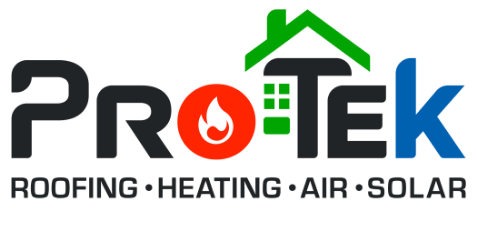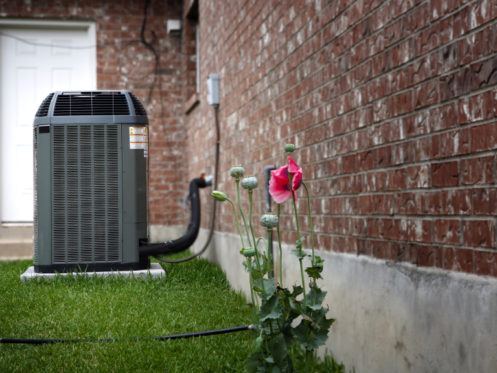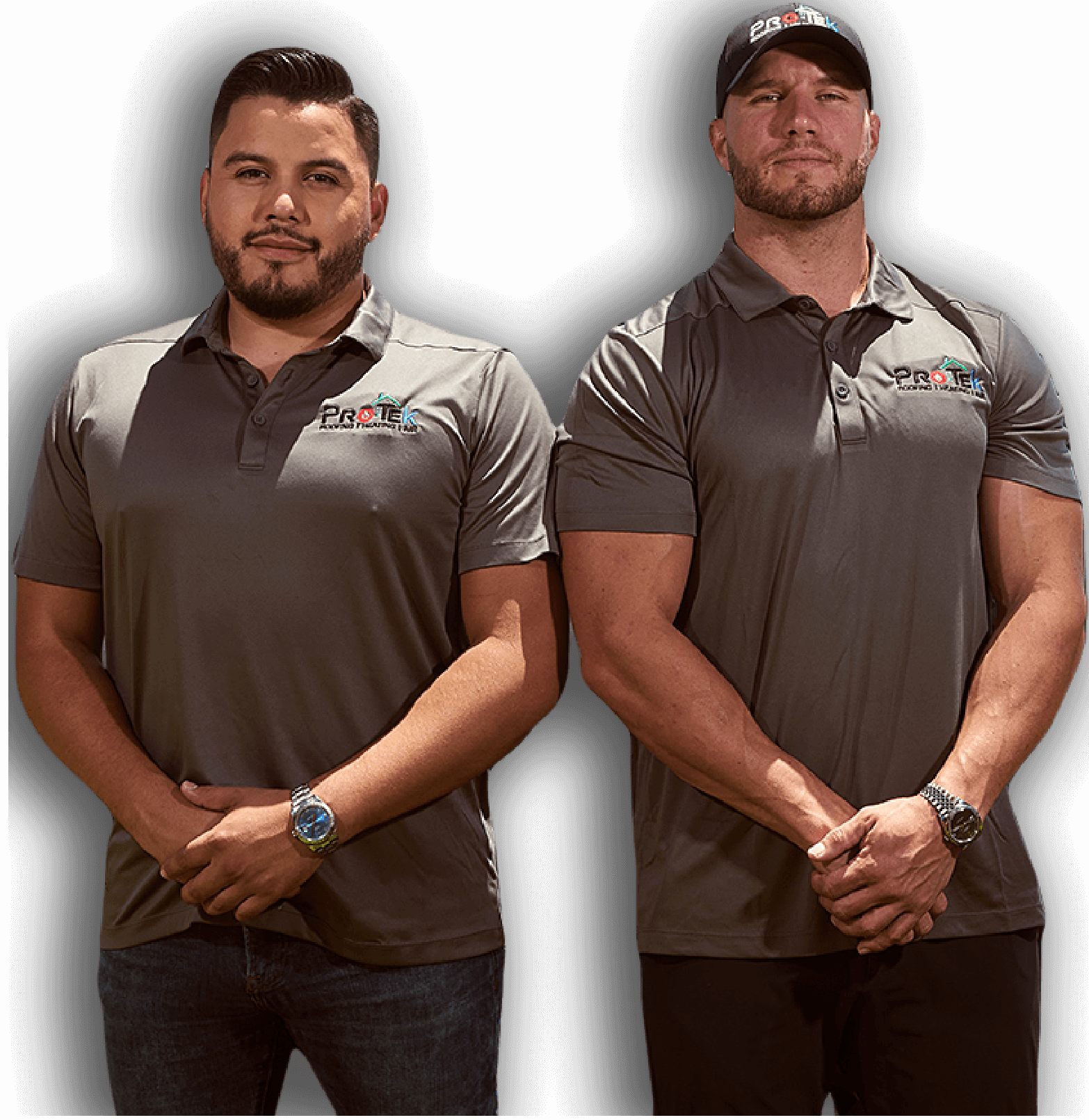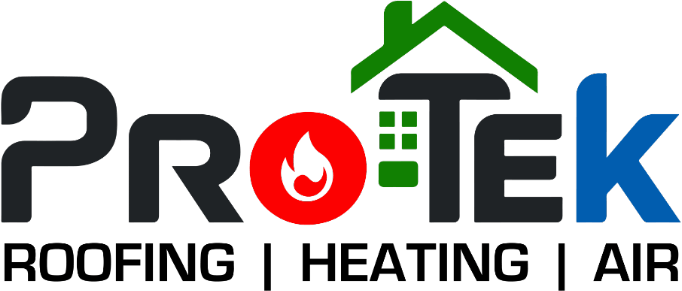In the typical home, there’s one thermostat that controls the temperature across the entirety of it. This can lead to conflict, such as when someone wants the room they’re usually in hotter or colder than the rest of the house. A multizone HVAC system can help with this issue.
It’s like how you wouldn’t have just one light switch control all the lights in your home. By independently controlling the temperature in different zones of your home, you can control things in a more fine-tuned manner, the same as having multiple light switches.
How Does a Multizone HVAC System Work?
With a traditional central HVAC system, there’s one thermostat that adjusts the temperature in every room of your home. With a multizone HVAC system, you create zones in your home that are heated and cooled independently of the rest of the house. Each zone has its own thermostat that the occupant can adjust to their liking.
A multizone HVAC system uses dampers in the ductwork to control the flow of air. Each zone has its own set of motorized dampers. When a damper is closed, air won’t flow into the room.
The thermostat in each zone is connected to a central control panel. When the central control panel sees a zone that needs more heat, it tells the furnace to turn on and opens the dampers for that zone. The same happens with your air conditioner when a zone needs to be cooled. The dampers for the other zones remain closed unless they also need to be heated or cooled.
How Many Zones Can You Have?
The number of zones you can have is determined by several factors, such as the square footage of your home and its layout. Some people have each floor of their home become a zone. This could be the basement, first floor, and second floor. Others group nearby rooms together, such as a master bedroom and bath.
How Do You Control Zone Temperatures?
While you can manually adjust the temperature in each zone, you can also make it automated. For example, you can keep your bedroom cool at night and in the morning. You can set it, so your kitchen is warm when you get up and have some coffee. You could use smart thermostats that only heat or cool zones when there’s someone in them.
When Does Multizone HVAC Systems Make Sense?
There are several situations where multizone HVAC systems make sense. They work well in multi-level homes since heat rises to the top floor. This can make the upstairs hotter than you want at night when you are trying to sleep. Conversely, your upstairs may be too cold in the morning and one of these systems can help with that, too.
If your home has tall ceilings, heat will rise and stay near the top of the room. You can fix this problem with a multizone HVAC system, as the thermostat will more frequently call on the furnace to deliver heat in that zone. Where you’re at in the room will be comfortable, without turning the rest of your home uncomfortable.
Multizone HVAC systems are ideal for homes where the occupants want different rooms at different temperatures. This system is also great for saving money by not heating rooms you rarely use, such as a basement. It also helps better control temperatures in rooms that have large glass windows. You can lower the temperature in these rooms in the summer without making the rest of your home too cold.
What if You Have a Heat Pump?
Most homes’ HVAC systems are composed of a furnace and air conditioner. However, increasingly more homes are now heated by a heat pump. Heat pumps can also cool your home. They work best in parts of the country with mild weather.
You can pair a heat pump with a multizone HVAC system. The central control board will tell the heat pump when to turn on and whether it needs to heat or cool your home.
What Are the Benefits of Multizone HVAC Systems?
If there’s only one thermostat controlling the temperature in your home, you need to heat or cool all of it when you want to adjust how hot just one room is. With a multizone HVAC system, you can save money by heating or cooling just one area of your home.
Your home will be more comfortable with a multizone HVAC system. Each zone will be the ideal temperature for what you use it for and when. Each family member can be more comfortable when they can set the temperature in their part of the home to their liking.
A multizone HVAC system can improve the indoor air quality of your home. Your HVAC system filters air contaminants like dust, dirt, pet dander and pollen. Unwanted contaminants that get through the air filters won’t circulate through your entire home every time the furnace or air conditioner is turned on.
What Are the Limitations?
The main limitation of a multizone HVAC system is that you need to have a two-stage air conditioner. The furnace needs to have a variable speed blower or air handler. These are more expensive than single-stage components. However, they are more efficient than single-stage components. Two-stage air conditioners and variable speed blowers and air handlers will help your HVAC system have lower operating costs.
How Is a Multizone System Installed?
The cost of installing a multizone HVAC system depends on how many zones are being installed. Each zone will have its own dampers and a thermostat. You’ll also need to have a two-stage air conditioner and variable speed blower or air handler if you don’t have one already.
The technician will install the dampers in the ductwork. They need to install relay wiring, so the central control board can control the dampers. It usually takes somewhere between one and three days to install one of these systems. This depends on the number of zones along with the size and complexity of the installation.
Is a Multizone HVAC System Right for Your Home?
While this system provides many benefits, it isn’t right for everyone. It costs more than a conventional HVAC system, as it’s more work and parts to have installed. If you have a one-stage air conditioner that’s working well, you may not want to spend money replacing it. The same goes with the blower or air handler.
As there are multiple thermostats and a central control board being installed, there are additional costs for these components. Another disadvantage is that with more parts there are more things that can go wrong. You may have more frequent repair bills as different parts of the multizone HVAC system need to be repaired or replaced.
Protek Roofing, Heating, Air & Solar in Brandon, FL repairs, replaces, and tunes-up heaters and air conditioners. Our team can also help you with ductless mini-splits, insulation, ductwork, and indoor air quality. We’re also a roofing company that does roof repair and replacement. Call our office today to find out more or to schedule an appointment.




